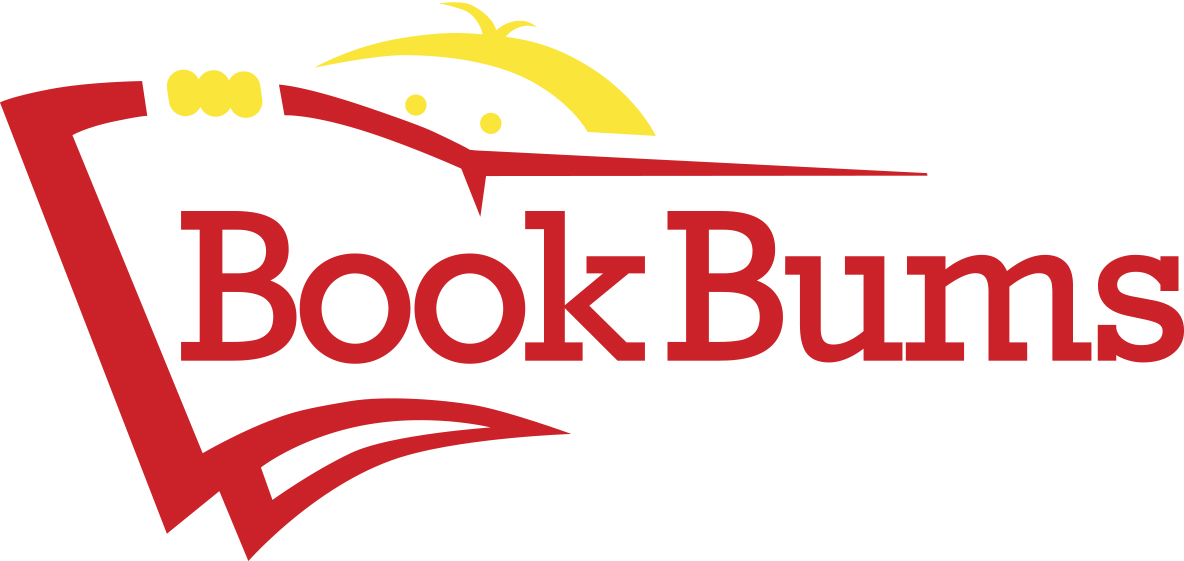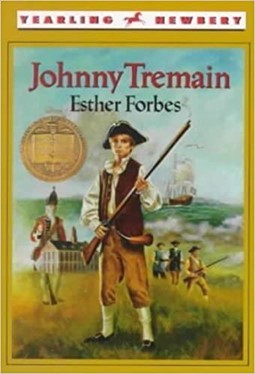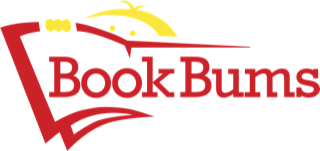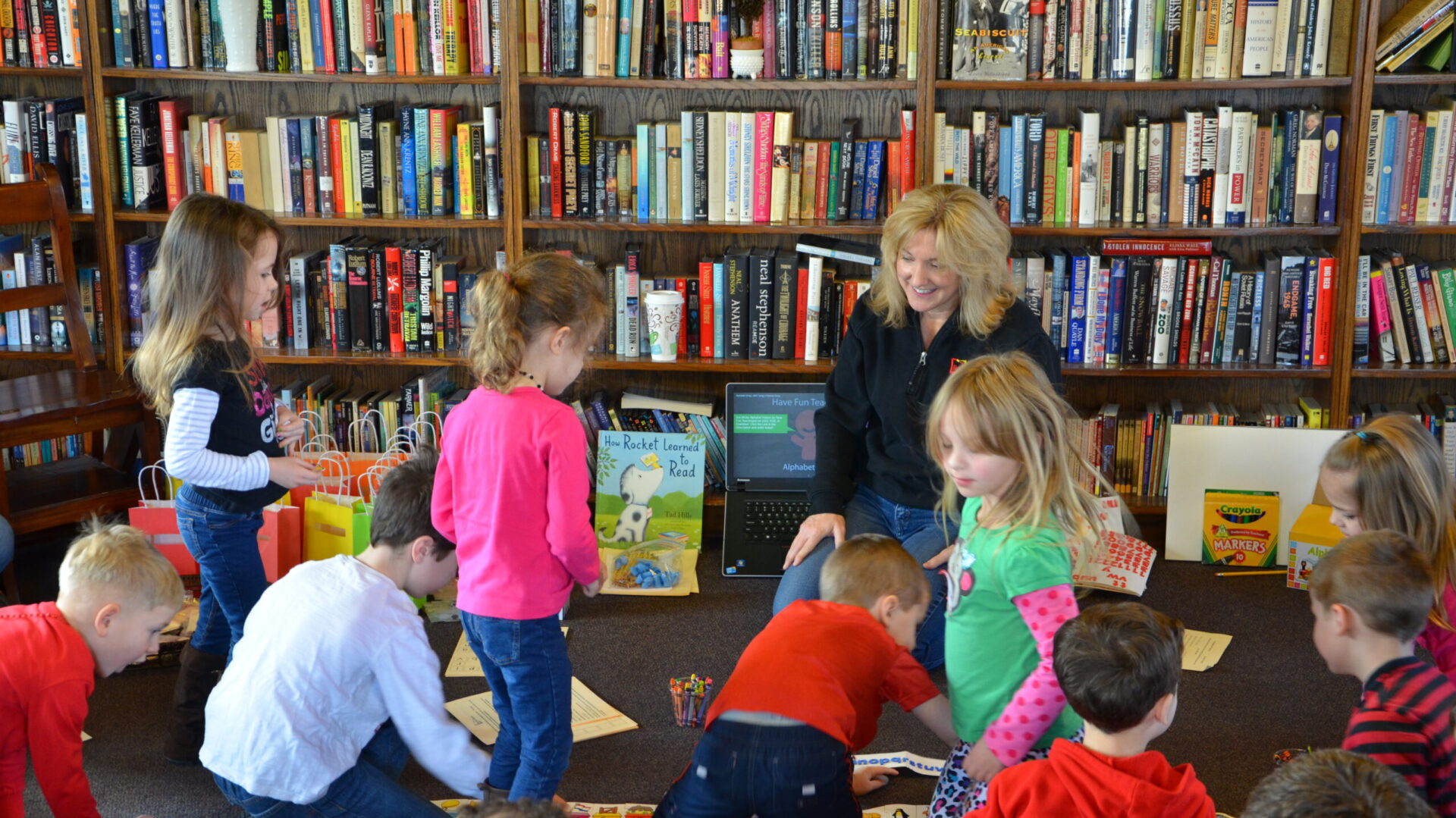
Hello Book Bums families!
This week in the newsletter Dr. Christy breaks down the Science of Reading. We share a patriotic book recommendation and wonder about number words. We wish you a safe and festive Fourth of July Weekend!
Fun facts about July:
1. Many countries celebrate their independence during July including Canada, Belgium, France, Argentina, as well as the United States.
2. July's birthstone is the ruby.
3. Neil Armstrong became the first human on the moon in July 1969.
4. In 1881 the first international phone call was made in July.
5. July is National Ice Cream Month, National Chocolate Month, National French Fry Month, and National Hot Dog Month!
Bookbums.com is an Amazon Associate; We earn from qualifying purchases. This means that if you click on a link to Amazon.com and make a purchase, We may earn a small commission at no extra cost to you. We do recommend the products. Feel free to find them by other means.
Word of the Week
subterfuge (sub-ter-fuge) noun/person, place or thing - deception or lies in order to conceal or escape
Pinocchio's subterfuge caused his nose to grow longer.
*See if you can spot this word two more times in the newsletter.*
Literary Calendar
• July is Read an Almanac Month.
• The word almanac comes from older words that mean calendar.
• The most famous almanac may be The Old Farmer's Almanac, published each year with information about weather, planting, and tides.
• An almanac can also be a handbook full of facts, statistics, and photos on a certain subject like a sport or part of the world, or a specific year.


From our Bookshelves
This week we recommend the 1944 Newberry Medal winner Johnny Tremain by Esther Forbes.
A story filled with danger and excitement, Johnny Tremain tells of the turbulent, passionate times in Boston just before the Revolutionary War. Johnny, a young apprentice silversmith, is caught in the exciting operations and subterfuges leading up to the Boston Tea Party and the Battle of Lexington. As Johnny is forced into the role of a full-grown man in the face of his new country's independence, he finds that his relations with those he loves changes for the better.
Johnny Tremain is historical fiction at its best, portraying the living drama of Revolutionary Boston through the shrewd eyes of an observant boy.
I loved reading this book aloud with my students. It features some antiquated language, but don’t let that discourage you from enjoying Johnny’s adventures that transport you to the days when our nation declared its independence from England.
This book is available on Audible for free with your membership, and it’s a terrific audio book.
If you have Amazon Prime, you can even rent the movie Johnny Tremain for $3.99. Reviewers give it 4 ½ stars. Here’s how Amazon describes it:
America’s greatest heroes live and fight again in this adventure of our country’s struggle for independence in the 1770s. The film authentically recreates Paul Revere’s ride, the Boston tea party, and decisive battles at Lexington and Concord.
Help your kids to better understand why we celebrate the Fourth of July. It may even inspire a family trip to Boston.

Tips for Readers and Writers
Consider your child’s early childhood reading instruction and tally how many of these 20 common practices were used to teach your child to read.
My child . . .
1. is using leveled books and is limited to choosing books from bins of books at a prescribed level (and may only choose new books once a week).
2. memorizes the leveled books from school and hardly looks at the pages when “reading”.
3. has a teacher who does not consistently listen to him or her read, independently, beyond district-required assessments.
4. has a list of sight words to memorize such as in, a, the, can, see, etc.
5. has a word wall in the classroom to promote sight words.
6. uses word families (to figure out new words).
7. looks for little words within longer words.
8. looks at the first letter and guesses thinking about “What makes sense?”
9. looks at pictures to figure out what the words on the page might say.
10. is reluctant to write and/or has poor spelling*.
11. “reads” words incorrectly without addressing letter sounds. (word guessing)
12. hates to read aloud, preferring to read silently.
13. has poor /inconsistent standardized test scores (even if the teacher says s/he’s doing well in class).
14. hates school and/or hates reading.
15. is practicing reading fluently before s/he is reading accurately (timed, rehearsed reading).
16. must complete more than a few worksheet-type reading assignments per day.
17. does not know how to form letters correctly and efficiently.
18. is part of an intervention/pullout reading group.
19. has a teacher who is concerned about your child’s academic skills but cannot/does not provide a clear plan for improvement within the school day.
20. has spelling tests beyond his/her knowledge of how words work, and s/he is simply trying to remember words
*Poor spelling skills indicate a deep-seated deficiency in reading instruction.
How many of these did you tally for your child/ren? Quite a few? If these instructional practices were used in your child’s classroom and s/he is a successful reader and speller, thank your lucky stars!
If your child struggles to read and spell well, chances are that s/he would benefit from explicit, systematic, synthetic phonics instruction. All kids can learn to read and spell well with instruction that features a step-by-step lesson progression that equips kids to crack the code to our code-based language. It equips kids to (knowing what they know about how words work) sound out words. We prefer to say, “Make the sounds you see,” for decoding and “Write the sounds you say,” when spelling.
Most kids know the letters and the sound(s) each letter in the alphabet represents. It’s gets trickier, though, when kids try to decode words with letter combinations that represent more complex sounds.
Here's a popular video that demonstrates a bit of what I’m talking about. Check out Purple Challenge.
The Science of Reading (SoR) is becoming more and more popular. (At Book Bums, we were SoR when SoR wasn’t cool.) Over the years, we’ve taken a lot of heat for our stance upon the scientific evidence. The list, above, was shared on a Book Bums Facebook post, and we received “hate” messages as a result. I took the post down, because teachers felt I was criticizing them when, in fact, I had been doing many of the same things they were doing for the whole first half of my teaching career. It’s not the teachers who are the problem. It’s the college prep and the district-purchased curricula that are the culprits. The fact is, far too many professionals don’t know the science of reading because they were never taught what the science has long revealed to be true. In the year 2000, the Nation Reading Panel (NRP) made clear that . . .
1. Kids need to have an awareness of the sounds in words (phonemic awareness/PA).
2. Kids need explicit, systematic phonics instruction.
3. Kids need to comprehend/understand what they’re reading.
4. Kids need to continually grow their vocabularies.
5. Kids need to read fluently to promote comprehension. (They get fluent with lots of practice with decoding. It takes 1-6 experiences decoding a word for words to become orthographically mapped in kids’ memories—so the words can be recognized on sight. However, memorizing “sight words” as wholes does not promote orthographic mapping.)
The Simple View of Reading: language comprehension x decoding skills = reading comprehension
If you are a teacher or you know a teacher who wants to learn more about the Science of Reading, please email Dr. Christy at christy@bookbums.com. She’s preparing an online teacher training course that absolutely equips teachers to transform their literacy instruction, so every child is equipped to read and spell well. Teachers will be ready to implement the Foundations for Literacy curriculum this coming school year. They’ll have a whole digital library that will provide the necessary resources to get every student reading at grade level expectations and beyond. (Foundations for Literacy is a district-approved resource for Lakota teachers.)
Tips for Families
You probably know that asking for a particular teacher is a big no-no, but sharing broad characteristics that might benefit your child is fair game. It’s true that requests should have been submitted in the spring, but if you’re just now learning about the Science of Reading, and you’d like your child to have every advantage when it comes to literacy instruction, it might be worth a shot to email your school principal regarding your child’s placement for the upcoming school year.
Word of Caution-
Sometimes we think we know just the person who would be the right teacher for our kids . . . And we are wrong.
One of my sons ended up in the classroom of a person whom I considered to be the harshest of the teachers in a particular grade level. My son was only five, and he was a bit on the bashful side. I hadn’t requested a teacher, but I’d had my fingers crossed for one. We didn’t get her. We’d gotten the least desired teacher of them all.
And she was WONDERFUL!
Sometimes we got the teacher we’d hoped for, and then we became painfully aware of areas of weakness. This was a big deal when it came to our sons’ academic progress.
The woman who is the chattiest with you in the hallway isn’t always the one your child needs to grow as a scholar. The man with the stark classroom (compared with all the color-coordinated and stuffed-to-the gills classrooms) may be just the one who helps your child to unlock his/her potential.
You know that saying about judging a book by its cover?
But there are things that you can share with your school principal. There are particular requests you can make that may positively impact your family’s next school year. The following is a fair request:
Our son/daughter would greatly benefit from a teacher who is a very strong reading and writing teacher. In light of his/her present reading skills, we would like our child to be placed with a teacher who embraces a phonics-driven approach to teaching reading and spelling. We want someone who will help _____ learn to read/decode words and spell/encode words well while also becoming a lover of reading and writing.
Wordology Workshop
• The Latin root subter or sub means below or under.
• Sub is a prefix in English which means it comes at the beginning of words.
• You can find sub at the front of many words, including our word of the week, subterfuge.
• Think about how all of these sub words are connected to the idea of being under: subway, submarine, submerse, subscribe, subliminal.
Practical Grammar
Since we’ll soon be celebrating the Fourth of July, it got me thinking about some weird number words.
Consider this:
4 . . . four
The fact that the letter u is in there is a bit odd, but at least the word four has four letters. That can help us to remember the unexpected spelling. I tell my students, “Don’t you forget the u in four.”
The ordinal number word, fourth, makes sense. And so does fourteen. But what about forty? What happened to the u? Weird.
Here’s another one.
9 . . . nine
It’s a magic e word. Good. The e tells the i to “Say your name!” Then we have nineteen. Nice. And here’s ninety. Okay. But here’s how we spell ninth. What the heck happened to the magic e? Doesn’t this say /nin-th/?
Those words really do a number on us, don’t they?


If you know someone who would benefit from our newsletter or tutoring at Book Bums, please share this email with them! Thank you.
Copyright © 2024 Book Bums, All rights reserved
Our mailing address is:
7967 Cincinnati-Dayton Road Suite L
West Chester, OH 45069

